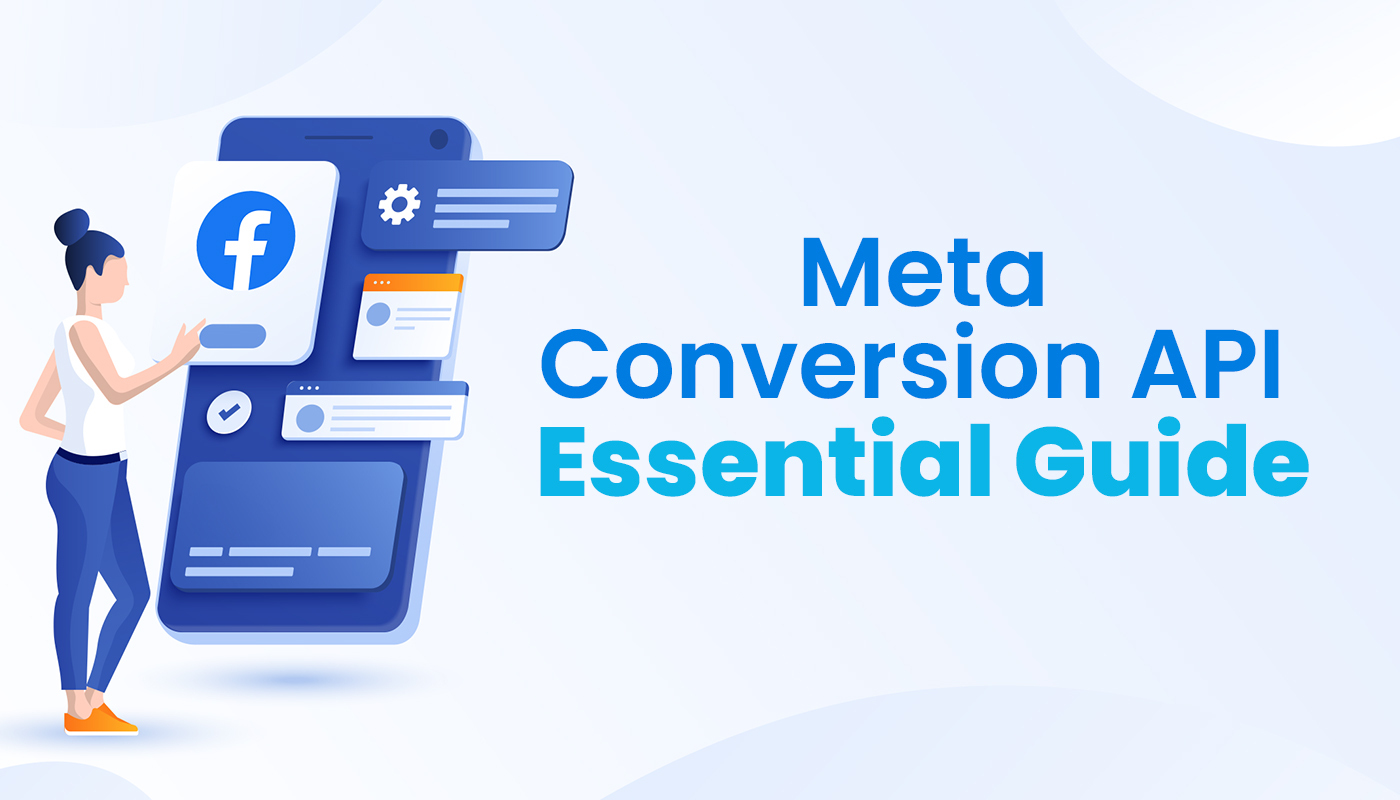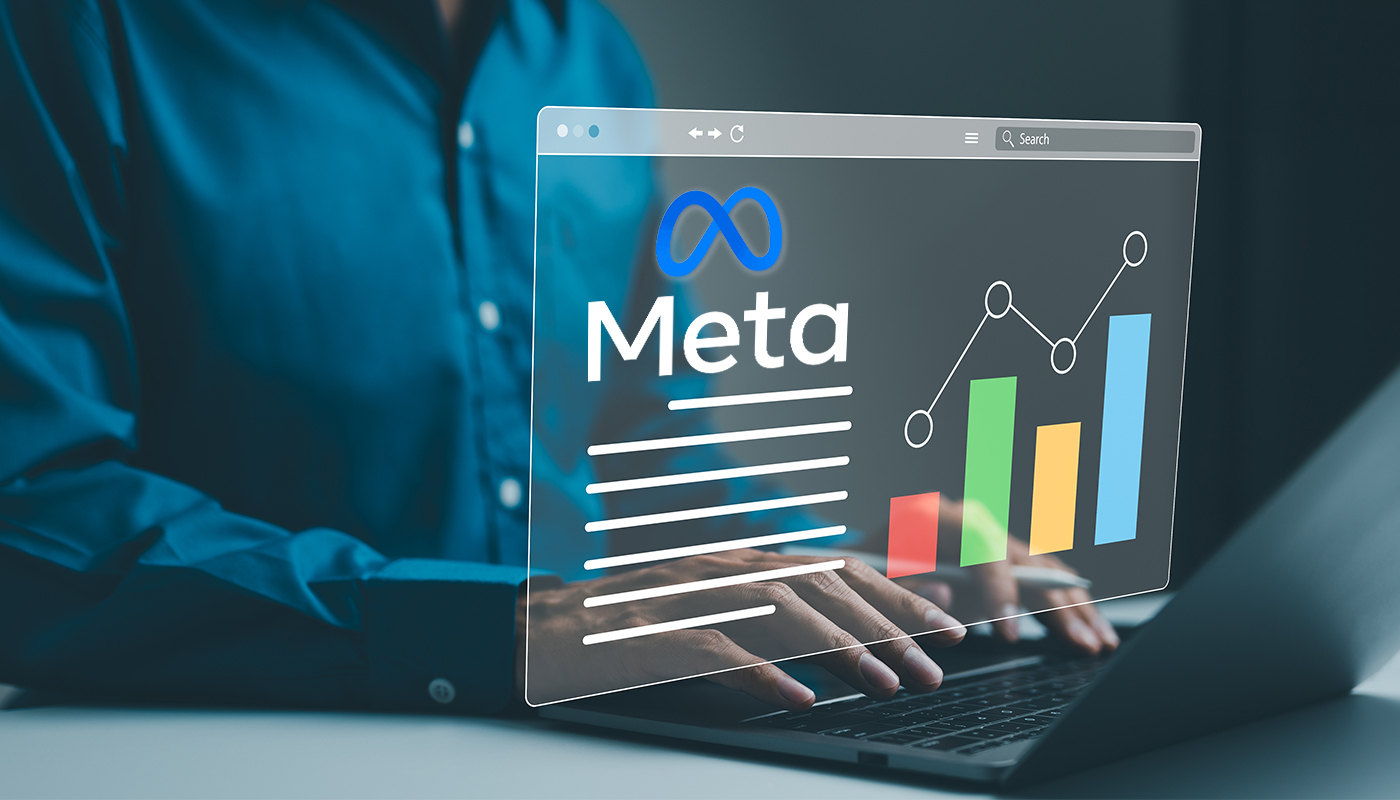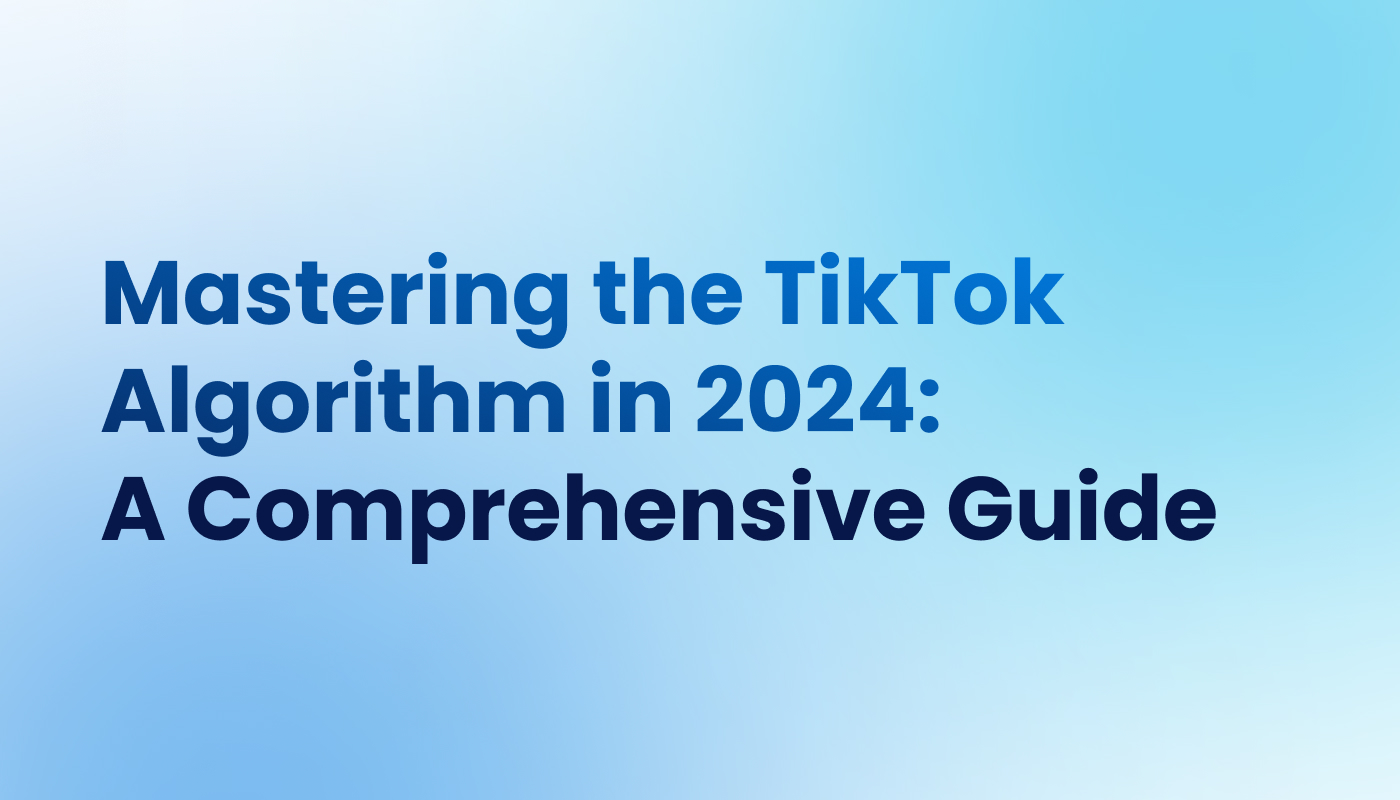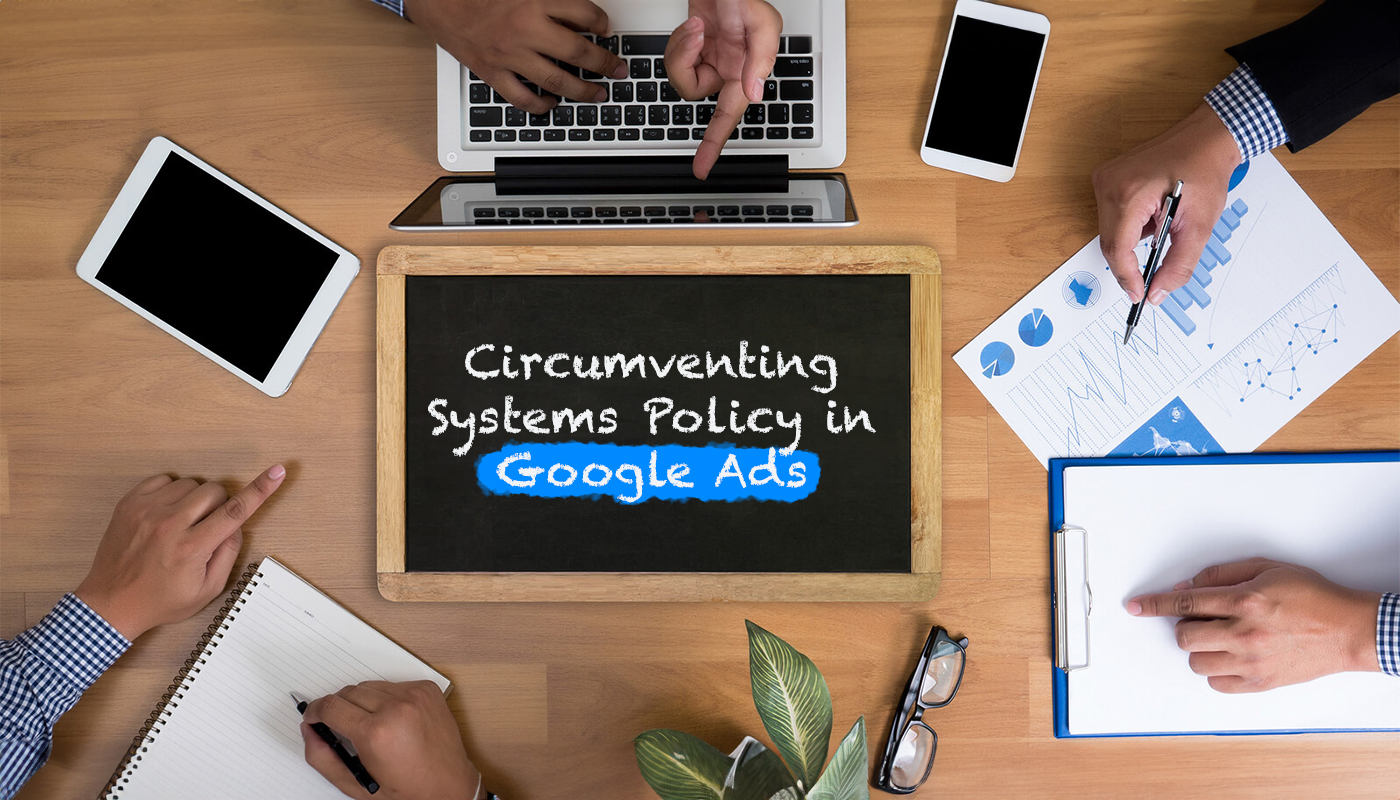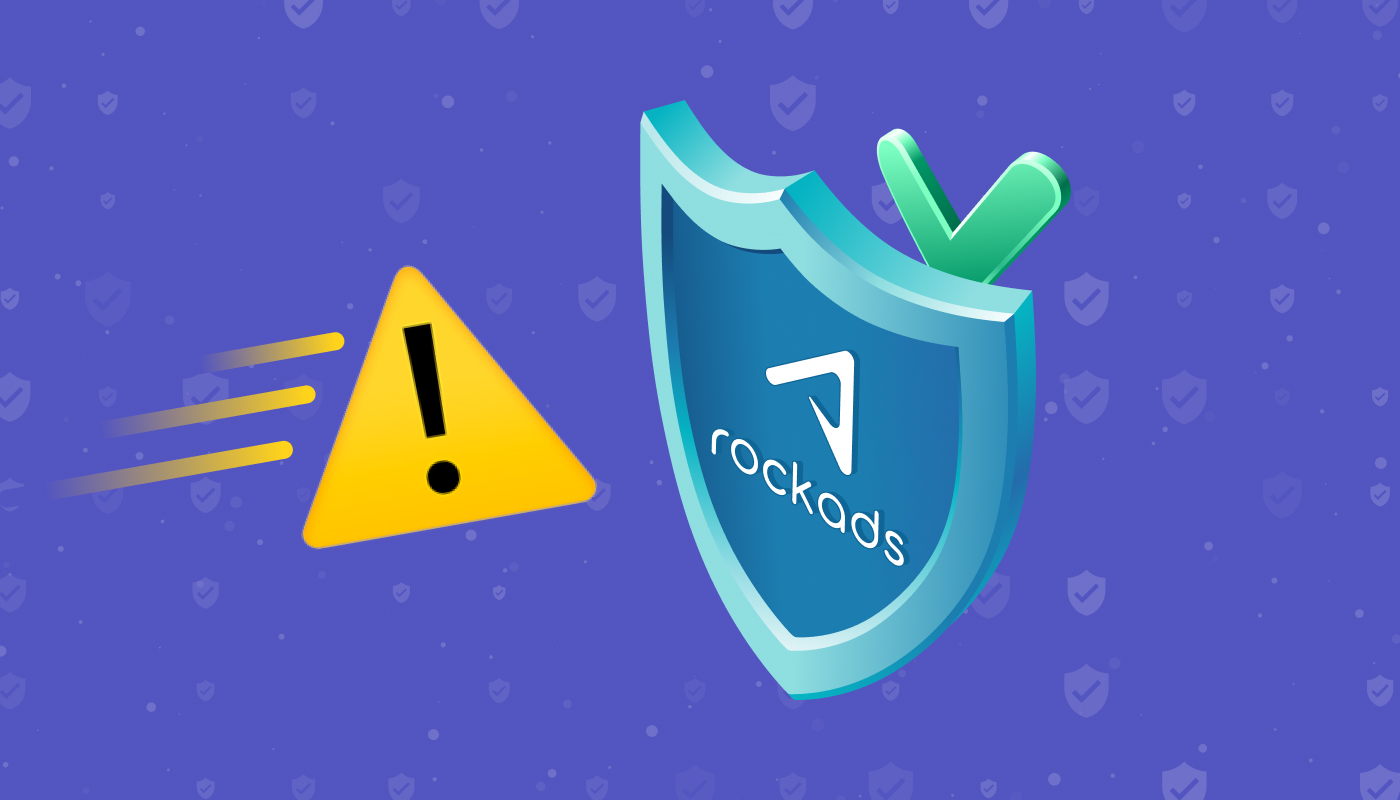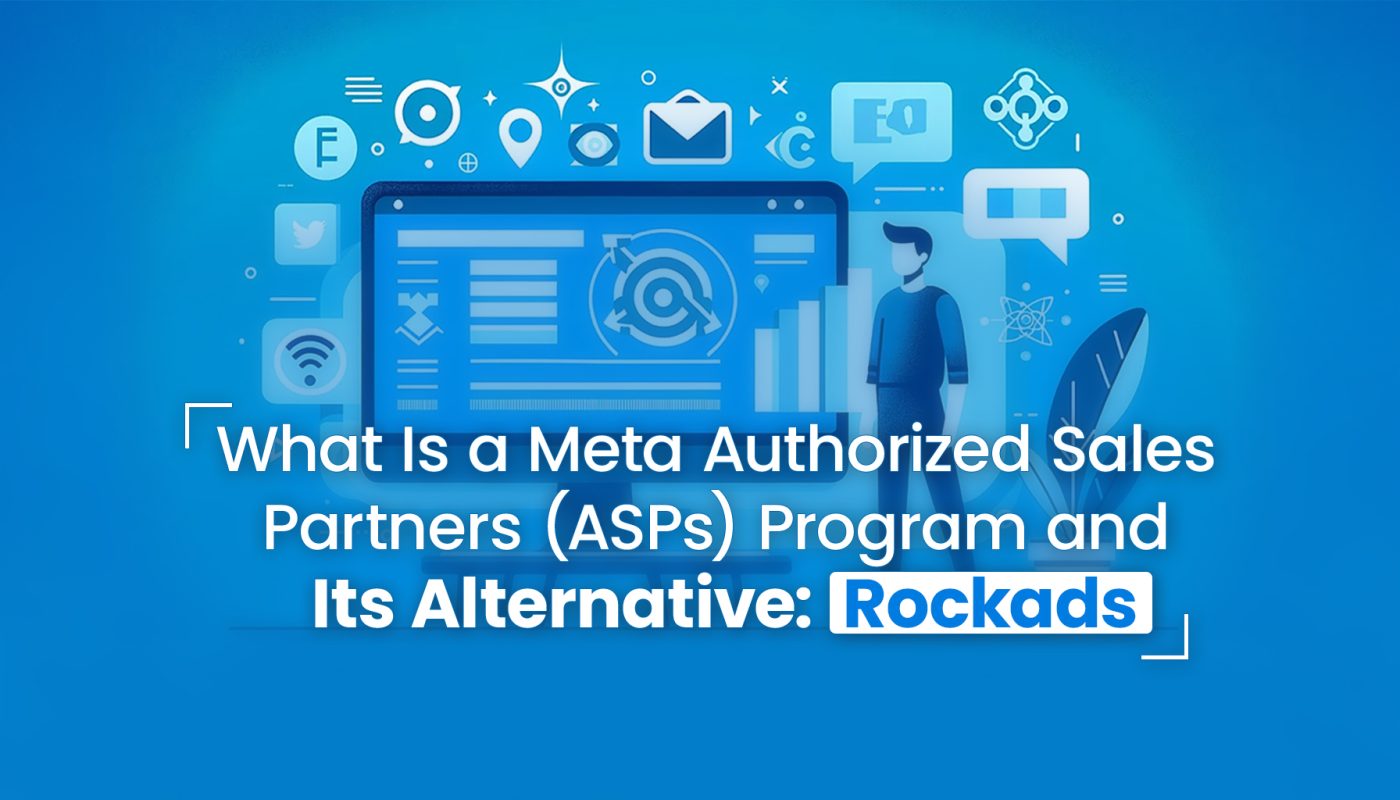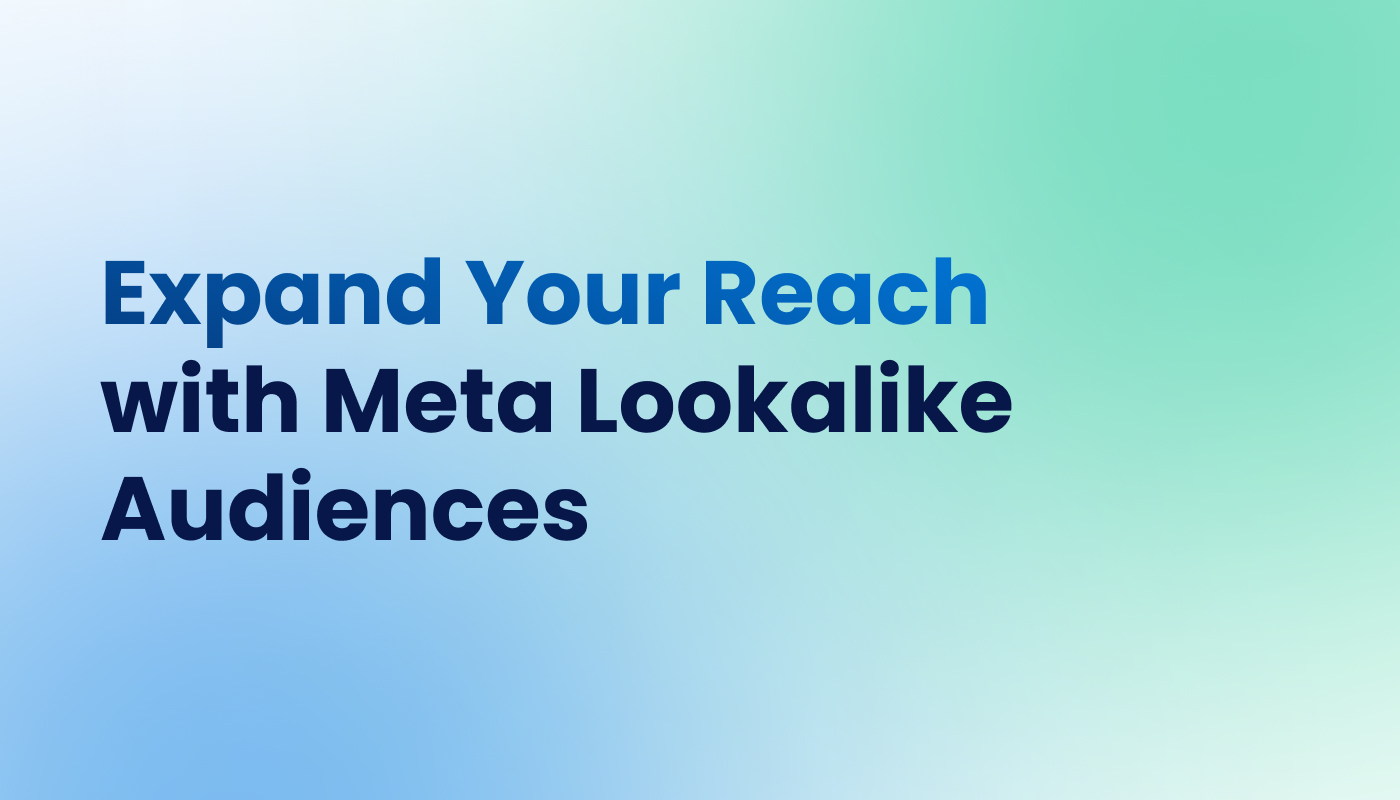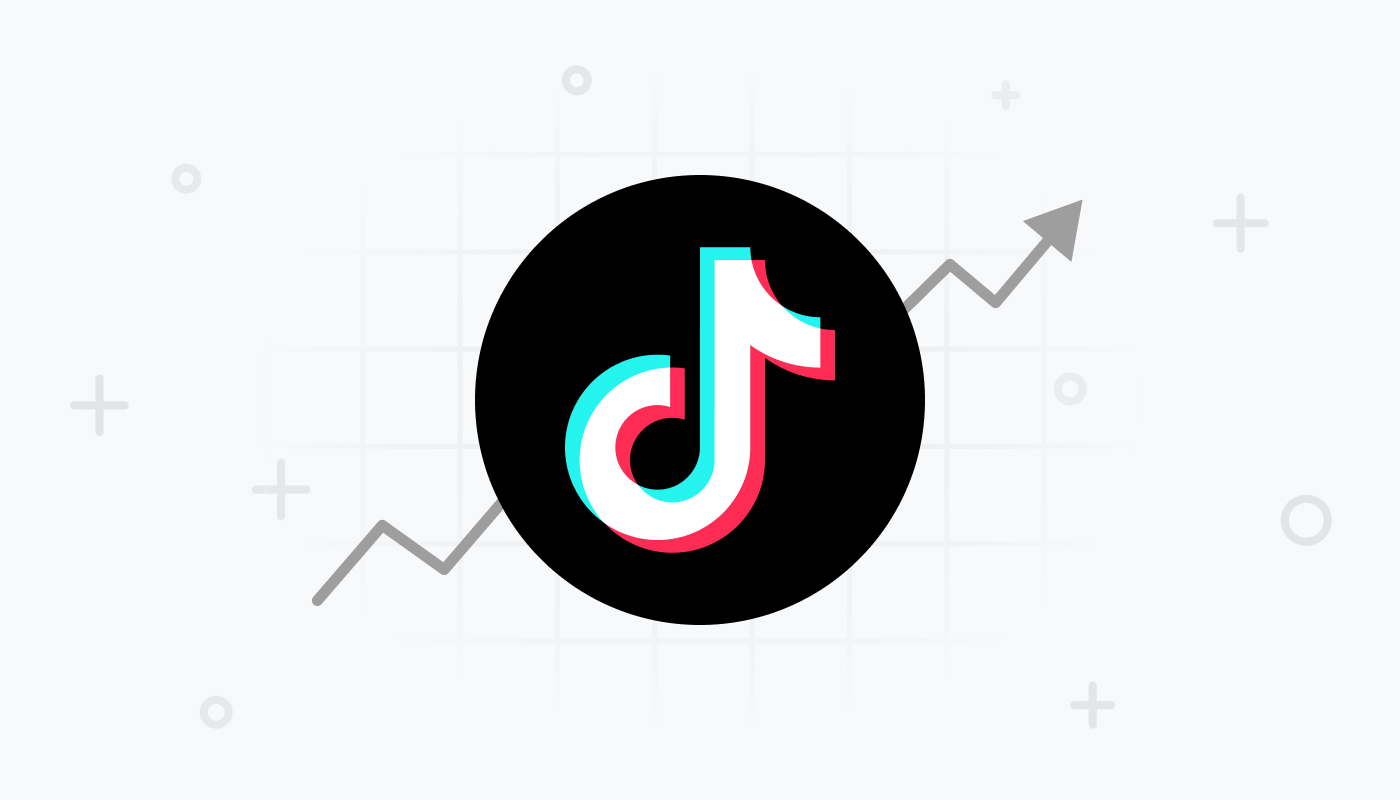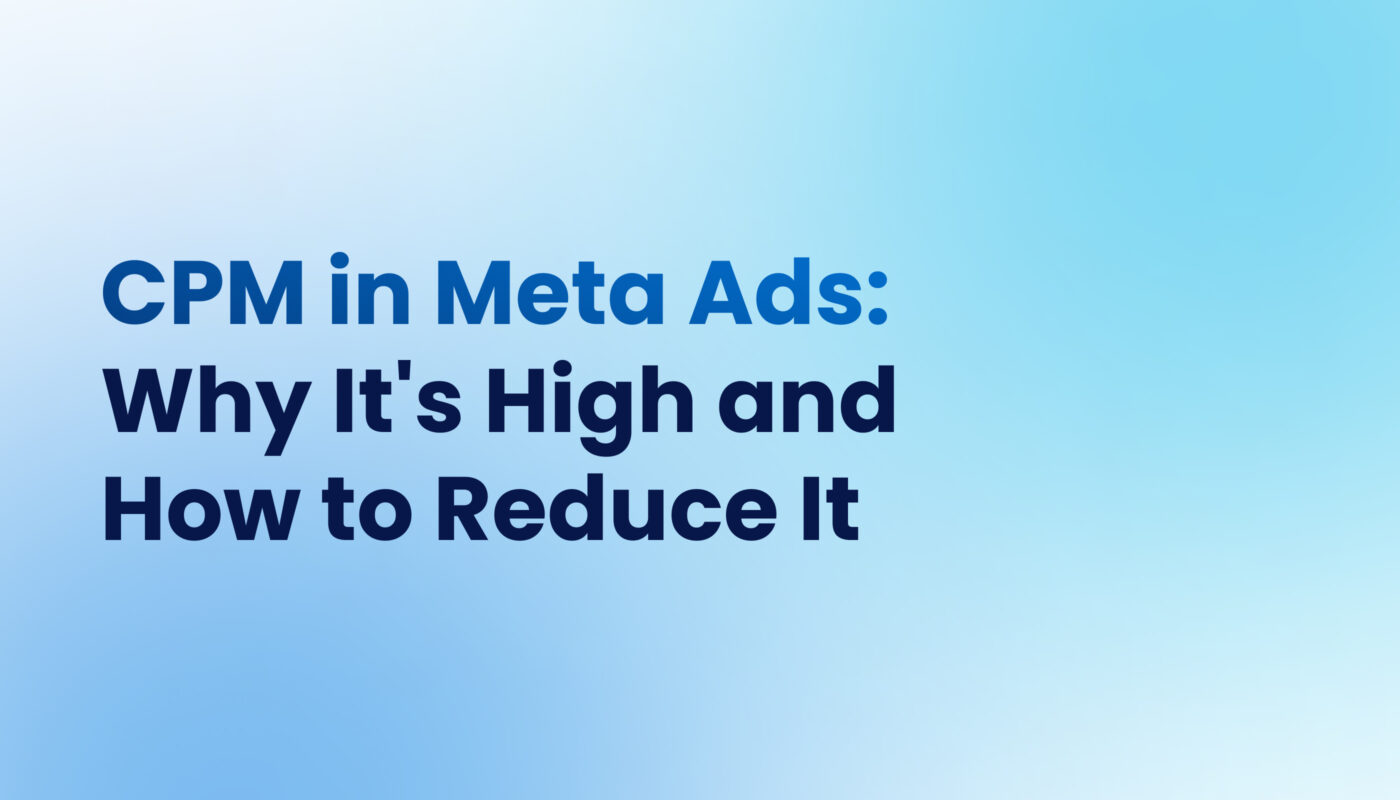
21 October 2024
CPM in Meta Ads: Why It’s High and How to Reduce It
If you’re running Meta ads, understanding CPM (Cost Per Mille) is essential for evaluating your ad spend efficiency. CPM reflects how much you pay for 1,000 impressions, providing key insights into how well your budget is being utilized. In this guide, we’ll explore what CPM is, reasons for high CPM, and actionable strategies to reduce it, helping you optimize your ad campaigns.
What is CPM in Meta Ads?
CPM, or Cost Per Mille, measures the cost of gaining 1,000 ad impressions. An impression is logged every time your ad appears on a user’s screen, regardless of interaction. The “M” stands for “Mille,” the Latin word for a thousand. This metric is unique to impressions, so CPM inherently refers to the cost of impressions rather than engagement or clicks.
How is CPM Calculated in Meta Ads?
The formula for calculating CPM is simple: divide your total ad spend by the number of impressions, then multiply the result by 1,000.
Example: If you spend $10 and receive 4,000 impressions, your CPM would be $2.50, meaning it costs $2.50 to get 1,000 impressions.
It’s important to differentiate impressions from reach. Impressions count how many times your ad is displayed, including repeat views by the same person. Reach, on the other hand, measures how many unique users see your ad. Since CPM is based on impressions, repeated views by the same person will drive up your impressions without increasing reach.
Why is CPM Important?
CPM is a crucial metric for gauging the cost-efficiency of your Meta ad campaigns. A lower CPM means you’re reaching more people at a lower cost, which maximizes your ad budget. This is especially valuable for campaigns focused on brand awareness or visibility. Tracking CPM allows you to monitor your campaign’s effectiveness over time, making it easier to adjust your strategy and get a better return on ad spend (ROAS).
Average CPM on Meta
The average CPM on Meta varies across industries. Overall, it sits around $14.40, but this number can range significantly depending on the sector. Below is a breakdown of average CPMs by industry:
| Industry | CPM |
|---|---|
| Animals & Pets | $13.85 |
| Apparel / Jewelry | $10.06 |
| Automotive (Repair, Service, Parts) | $6.76 |
| Beauty & Personal Care | $12.99 |
| Education | $6.41 |
| Insurance Services | $25.48 |
| Real Estate | $10.14 |
| Sports & Fitness | $11.76 |
| Travel Services | $9.07 |
How to Check Your CPM in Meta Ads Manager
You can easily view your CPM within Meta Ads Manager. Follow these steps:
- Go to Ads Manager: Log in to Ads Manager where your campaigns are displayed.
- Select a Campaign: Choose the campaign you want to evaluate.
- View Performance: Under the “Performance” section, find the CPM metric.
- Customize Columns: If CPM isn’t visible, click on “Customize Columns” and add the CPM (Cost per 1,000 Impressions) option.
Common Reasons for High CPM in Meta Ads
If you’re seeing a spike in your CPM, several factors could be at play:
- Ad Fatigue
When the same audience sees your ad too many times, engagement tends to decrease, leading to ad fatigue. Meta interprets this as a drop in relevance, which drives up CPM. - Low Relevance Score
A low relevance score signals that your ad isn’t resonating with your audience. Meta uses engagement metrics like clicks, comments, and likes to determine relevance. Low engagement rates lead to higher CPM as Meta charges more to deliver ads perceived as less relevant. - Poor Audience Targeting
If your ad is not reaching the right people, your click-through rate (CTR) may be low, which also results in higher CPM. This happens because Meta charges more when ads perform poorly. - Timing
The timing of your ads can impact costs. Certain periods, like holidays or large events, create a surge in competition, which increases CPM. For example, during the Super Bowl, many advertisers target sports fans, leading to higher CPMs. - Unengaging Ad Content
If your ad is unappealing or lacks creativity, users won’t engage with it. Meta notices when ads receive little attention, which results in a higher CPM.
Strategies to Lower CPM in Meta Ads
If your CPM is rising, it’s important to take action quickly. Here are four best practices to reduce it:
- Refresh Ad Creatives to Combat Ad Fatigue
To keep your audience engaged and avoid ad fatigue, regularly update your creatives. Change visuals, messaging, or ad formats to keep your ads fresh and relevant. Higher engagement lowers CPM because Meta rewards ads that perform well. - Adjust Audience Targeting
If your CPM is high, your target audience may be too small or highly competitive. Broadening your audience slightly, without losing relevance, can help lower costs. Use Lookalike Audiences to expand your reach by targeting users similar to your existing customers. - Focus on Retargeting
Retargeting is an effective way to lower CPM because you’re reaching people who are already familiar with your brand. These users are more likely to engage with your ad, which can lower costs. Use Meta Pixel to create custom retargeting campaigns tailored to users who’ve interacted with your site. - Conduct A/B Testing
Test different elements of your campaigns, such as audience, ad creative, and copy. Focus on changing one factor at a time to pinpoint what drives better performance. A/B testing helps you fine-tune your strategy to reduce CPM.
Final Thoughts
Mastering CPM in Meta ads is critical for optimizing ad spend and improving campaign performance. By monitoring your CPM regularly and implementing these strategies, you can reduce costs, maximize engagement, and achieve better results from your Meta ads.
SHARE
